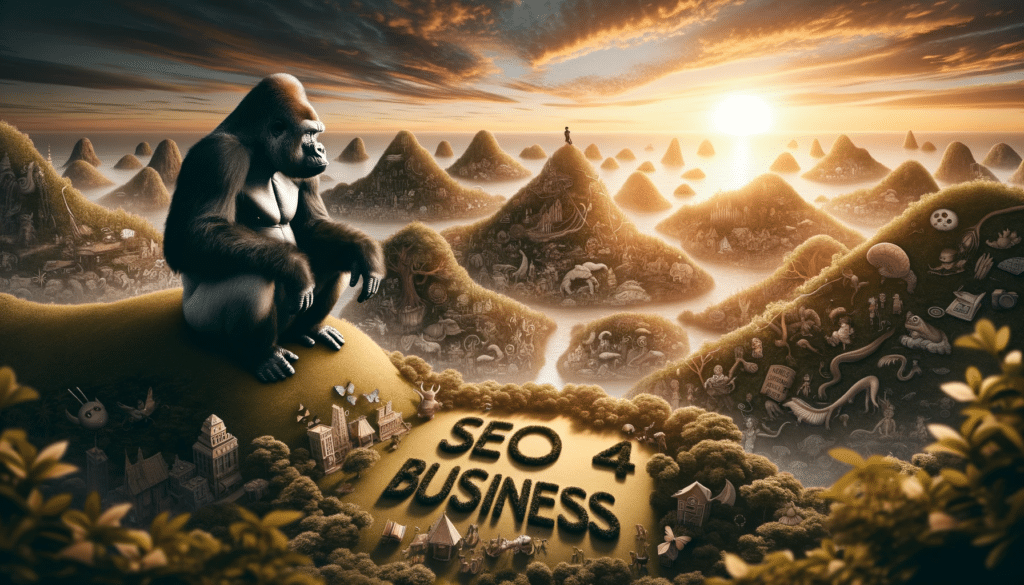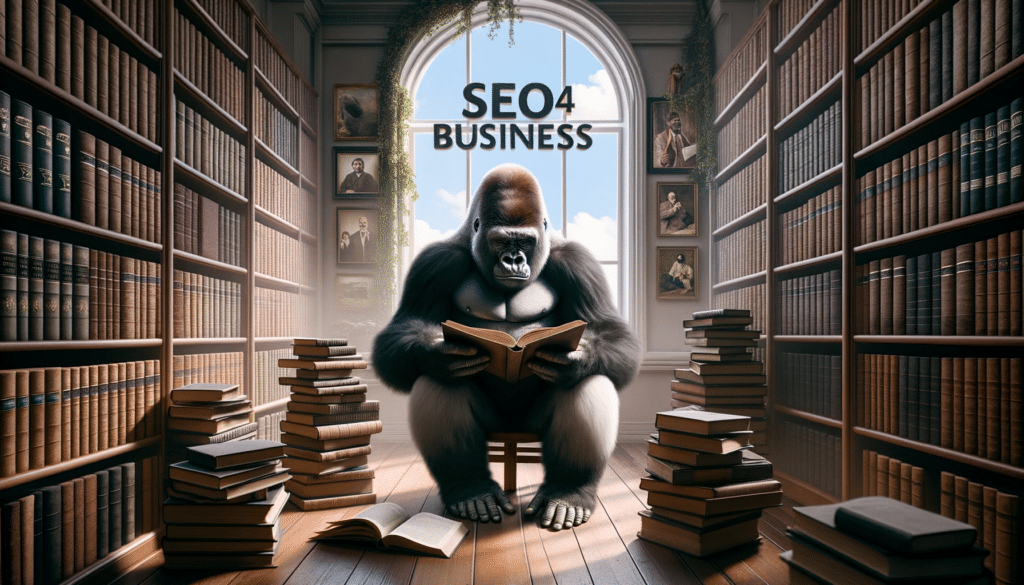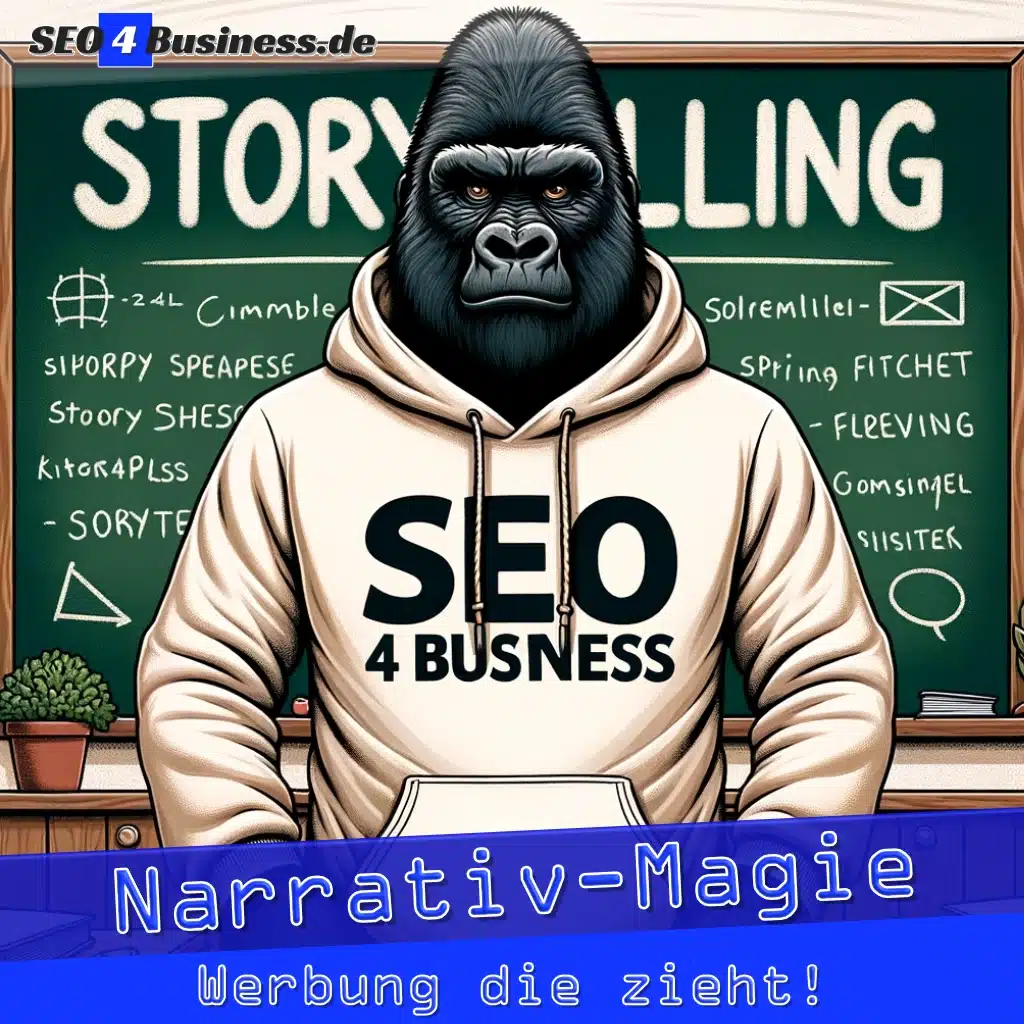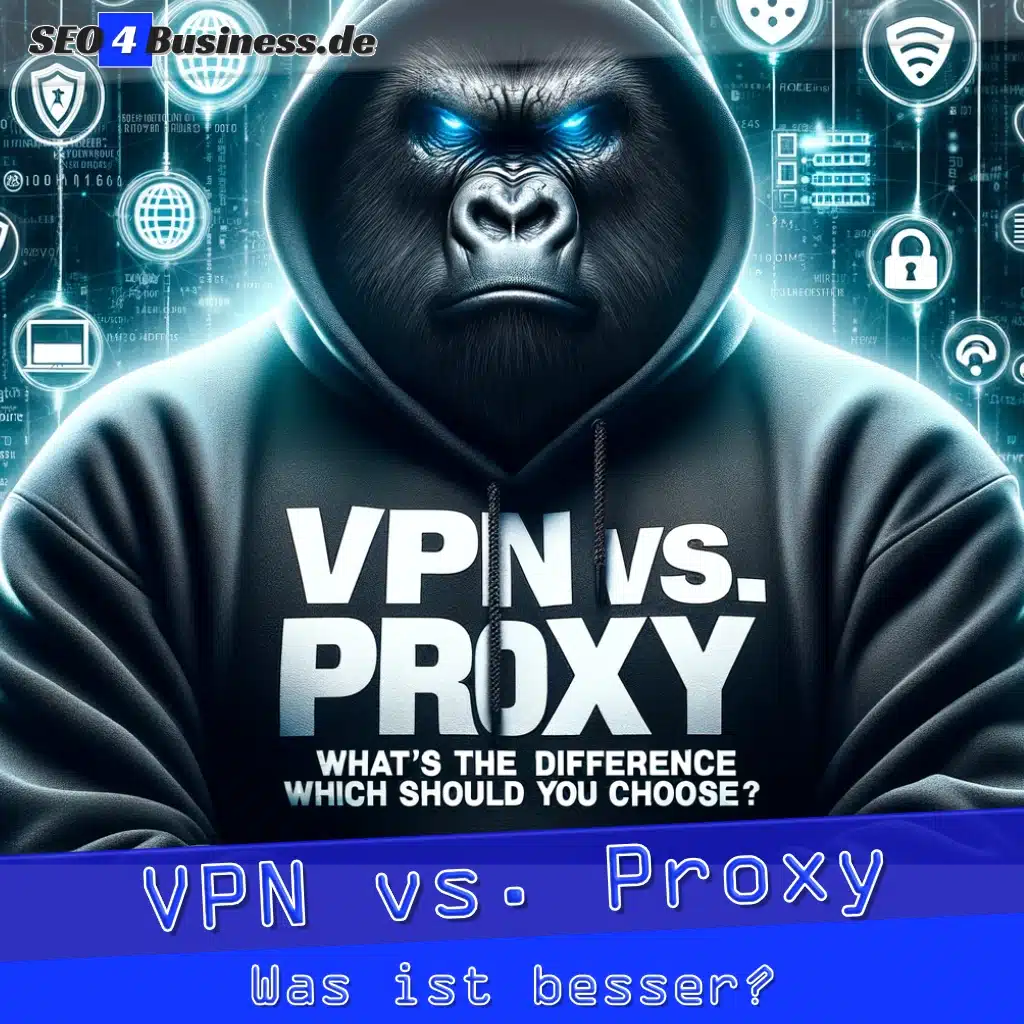A good Marketing requires more than just sober facts and information. To get the attention of target audience Winning and building a lasting connection requires a convincing narrative – storytelling. This powerful method harnesses the power of compelling stories to convey messages and evoke emotions. But how can it be successful? Storytelling in advertising? In this blog post I will tell you Tips and Tricks to develop and use a convincing narrative in marketing. Immerse yourself with me in the world of storytelling Marketing!
What is storytelling?
Storytelling is a term that has become more and more important in recent years. But what exactly is behind this? Concept? At its core, storytelling is about... History to create an emotional connection and engage the target audience on a deeper level.

In the marketing context, this means that companies should not only convey their messages through sober facts and information, but must package them into appealing stories. Because people are naturally programmed to listen to stories and empathize with them.
By telling a story, brands can provide value and capture the attention of their target audience. A well-told story arouses emotions in the listener and is remembered better than mere facts.
Storytelling combines different elements - characters, plot, conflicts and resolutions - to build a compelling narrative. The story should be authentic and fit the brand’s image. Choosing the right tone and using visual elements such as Pictures or videos also play an important role in implementing a compelling narrative.
The purpose of storytelling is to engage the audience and get them to engage with the brand or the Products to identify. By immersing yourself in the world of the story, customers can become emotionally engaged - be it through humor, compassion or suspense.
It is important to emphasize that storytelling is not just in the traditional way Advertising can be used, but also in other areas such as social media, content marketing or PR. It offers companies the opportunity to communicate their brand message in a creative and memorable way and stand out from the competition.
At a time when consumers are bombarded with a deluge of information, storytelling can help a brand stand out and stay top of mind. It allows companies to build a relationship with their customers and build trust – which can ultimately lead to long-term customer relationships.
The goal in storytelling
The main goal of storytelling in the Advertising is to create an emotional connection with the audience and capture their attention. By telling a gripping story, you can connect with viewers or readers on a deep emotional level and leave a lasting impression.

By generating emotions such as joy, sadness or tension, a feeling of identification is created. People can identify with the characters in the story and thereby build a personal relationship with the brand. This goal is crucial to the long-term success of an advertising campaign.
In addition, storytelling also makes it possible to convey complex information easy to understand showcase. Instead of simply listing dry facts, companies can use stories to clarify complex connections and thus promote understanding.
Another goal of storytelling is to positively influence brand perception. By presenting an inspiring or moving story, companies can improve their image and generate sympathy among audiences.
Storytelling aims to create a deep relationship between brand and consumer. The use of convincing narratives not only arouses emotions, but also builds trust - a crucial factor for purchasing decisions in a marketing context.
In order to successfully implement these goals, it is important to develop a well-thought-out and appealing storyline. But also choosing the right one Media and channels to spread the story plays an important role. Ultimately, it's about addressing the target group on a personal level and building a lasting connection.
How storytelling works
The way storytelling works is its ability to speak to people on an emotional level and capture their attention. By telling stories, brands can connect with their audience and capture their interest.
A central aspect of storytelling is creating a compelling plot with a clear beginning, an exciting one Development and a convincing ending. Through the use of characters, conflicts and solutions, the audience is drawn into the story and can identify with it.
Furthermore, storytelling also enables values and messages to be conveyed in a subtle way. Instead of directly advertising products or services, companies can convey their visions or address social issues through stories.
Storytelling also uses various stylistic devices such as metaphors, humor or suspense to hold the audience's attention. These techniques not only create an emotional connection, but also strengthen memory.
Ultimately, successful storytelling leads to customers feeling connected to the brand and therefore more willing to use products or services. The power of stories is reflected in their ability to influence purchasing decisions and build long-term customer relationships.
Im Marketing, the overall effect of storytelling is extremely effective. It speaks to human nature and awakens the need for emotional connections and narratives. By telling stories, brands can build strong bonds with their customers and achieve long-term success.
Areas of application of storytelling in advertising
Areas of application for storytelling in advertising are diverse and enable brands to create an emotional connection with their customers. Effective use of storytelling can strengthen brand credibility, pique the interest of the target audience and ultimately increase sales.
One way is to tell stories that embody the brand's values and philosophy. By introducing fictional characters or real people, companies can convey their messages in a creative way. This type of storytelling creates identification potential for the target group and enables them to deal with the situations presented.
Storytelling can also be used to showcase products or services in action. Instead of simply providing information about features and benefits, companies can use narratives to illustrate how their product is used in everyday life and what benefits it brings. This helps potential customers to better imagine how they could benefit from the offer.

Another area of application is company branding. By telling their story – whether about their founding story or successes and challenges – brands can convey authenticity and build trust. Customers are more likely to feel connected to a brand if they know its backstory.
In addition, storytelling in advertising enables complex messages to be communicated in an understandable and appealing way. Using metaphors and analogies can make even difficult concepts easier to understand.
Storytelling can also be an effective method for introducing new products or services. By creating a story that ties the product into an interesting and relevant situation, you can pique the target audience's interest and increase their curiosity about the new offering.
Different forms in storytelling
When it comes to storytelling in advertising, there are different forms and approaches that companies can use to convey their message. One possibility is emotional storytelling, in which stories are told that are intended to evoke strong emotions in the audience. This type of storytelling can help build a personal connection between the brand and consumers.
Another form is narrative storytelling, in which a story is told that has an exciting plot. The aim is to capture the audience's attention and carry them along as the story progresses.
Documentary storytelling focuses on real events or people and thereby creates credibility. Viewers can identify with these stories and feel closer to the brand.
Humorous storytelling can also be effective. Funny or unexpected elements make the audience laugh or surprise them. This means the advertising stays in your memory.
In addition to these examples, there are many other options for storytelling in advertising, such as interactive or personalized storytelling. Each of these forms has its own advantages and disadvantages as well as its specific area of application.
By combining different approaches to storytelling or varying them depending on the target group, companies can ensure that their message is successfully conveyed and resonates with consumers.
Tips for designing a compelling storyline

A compelling storyline is the key to success in storytelling. It allows you to grab the audience's attention and convey the message effectively. Here are some Suggestionsto create a compelling storyline:
Define your goal:
Before you start developing your story, you should clearly define what goal you want to achieve. Do you want to improve your brand image? Or maybe introduce a new product? By being specific about your goal, you can tailor your story to it.
Knowledge of the target group:
To develop an engaging story, it is important to know your target audience well. Analyze their needs, interests and values and adapt your story accordingly.
Simple plot:
A clear and simple plot is crucial to a successful storyline. Avoid complex plot lines or unnecessary details – keep your story simple and easy to understand.
Make an emotional connection:
People react much more strongly to emotions than to rational arguments. Make sure their stories can evoke emotions - be it joy, sadness or compassion - to build a strong connection with the audience.
Authenticity:
Authentic stories create credibility and make a lasting impression on the audience. Choose real-life topics that speak to the experiences and needs of your target audience.
Use a structure:
A well-structured story has a beginning, a middle and an end. Use this basic structure to guide your story and stick to chronological order.
Conflict and resolution:
Every good story has a conflict that resolves itself as the plot progresses. Make sure your audience can understand the challenges and the path to resolution.
Use of visual elements:
Images, graphics or Videos can make a story more lively and engaging. Use visual elements to support your message and further engage the audience.
Memorable characters:
Strong characters help create an emotional connection with the audience. Give your characters personality and let them drive the story forward through their actions and decisions.
Memorable ending:
The final scene of a story is just as important as the beginning. Make sure your ending sums up the message of your story and leaves a lasting impact.
Remember that a compelling storyline requires not only a good idea, but also time, effort, and creativity. By taking these into account Suggestions However, they can develop a story that captivates the audience and conveys their message in a lasting way.
Successful examples of storytelling in advertising
There are numerous successful examples of storytelling in advertising. A campaign that immediately comes to mind for many people is the »Dove Real Beauty" Campaign. The aim of this is to question the traditional ideal of beauty and promote a positive body image. An emotional connection is created through authentic stories from women of different ages and looks.
Another successful example is the »Share a Coke« Coca-Cola campaign. Here, personal names are printed on the bottles to create a feeling of individuality and connection. This creates a strong identification with the brand and positive word of mouth.
The "Always #LikeAGirl« Campaign aims to break down stereotypes about girls and their abilities. By showing how confident young girls can showcase their strengths, an inspiring message is conveyed.
Another notable one campaign is the »Nike Dream crazy" Advertising with Colin Kaepernick as the main actor. The former football player's story provides a strong starting point for discussions about social justice while strengthening Nike's brand identity.
These examples clearly illustrate the power of storytelling in advertising. By telling compelling stories, these brands not only succeed in attracting attention, but also in evoking deep emotions in audiences, thereby creating long-term relationships. The combination of creative storytelling and a strong brand core can lead to a successful and sustainable advertising campaign.
Why stories are more effective than pure facts

The power of stories in advertising is undeniable. Compared to mere facts, stories have the unique ability to evoke emotion and connect with audiences. But why are stories so much more powerful?
First Stories allow us to present information in a compelling and entertaining way. Instead of just data and provide statistics, they bring the content to life and keep the audience engaged. Through the use of characters, story arcs and conflicts, we create an exciting narrative structure that arouses the audience's interest.
Secondly Stories speak directly to our emotions. People tend to make emotional decisions and connect with content that triggers feelings. By creating positive or negative emotions through our story - be it joy, compassion or suspense - we create a powerful influence on the audience.
thirdly Stories help us present complex messages in a more understandable way. Instead of presenting dry information, through the use of a story we can make abstract concepts tangible and easier to understand.
After all, good stories stay with us longer than mere facts. Studies have shown that people remember content better when it is presented in the form of a story. This is because our brains process stories in a different way than facts. Listening to stories activates several areas of our brain, including the parts responsible for processing Language, emotions and movements are responsible. This strengthens memory and the story remains better anchored in our memory.
Stories have a stronger impact on us because they appeal to us emotionally, make complex information more understandable and stay in our memory longer. That's why they're an extremely powerful tool in advertising - they can not only convey brand messages, but also connect with audiences and leave a lasting impact.
Implementation in storytelling
Imagine you are a small start-up that makes eco-friendly sneakers. You could simply say: »Our shoes are made from recycled materials and are good for the environment.« But how about telling the story of Tim, a young environmental activist who discovered your sneakers on one of his many trips? Tim experiences adventures, overcomes challenges and saves the planet at the same time. And he does it all in your sneakers. Suddenly your shoes are no longer just shoes; they are a symbol of change and adventure.
Identification through emotions
Tim's story creates emotions. You, the readers, empathize with him, suffer, cheer, and are excited. And that is exactly what creates identification. Who wouldn't want to be a little like Tim and change the world?
Complex information easy to understand
Now comes the highlight: Through Tim's story, you can also convey complicated issues such as sustainability and environmental protection without it seeming like a dry lecture. Tim shows how each individual can make a contribution and that is easy to understand and understand.
Positive brand image
And do you know what's best? Your brand will be portrayed in a positive light. You are no longer just a company that sells shoes. They are a company that stands for adventure, sustainability and positive change.
Trust as key
Through Tim's story you will build trust. Readers see that you not only talk, but also act. And trust, my dear readers, is in Marketing Worth its weight in gold.
So seize the opportunity and tell your story. Because as my grandpa always said: »Nothing ventured nothing gained!«
Tips for choosing the right communication channels
An important component of successful storytelling in advertising is choosing the right communication channels. The aim is to identify the channel that best suits the target group and the desired message. Here are some Suggestionsthat can help you make the right decision.

First of all, you should know your target group exactly. Research their demographics, interests, and behaviors. This gives you valuable insight into their media consumption habits and allows you to find out which channels they spend the most time on.
Another important aspect when selecting communication channels is the budget. Determine a realistic budget for your advertising campaign in advance and then check which channels are compatible with that budget.
Also consider the nature of your message or story. Not all stories are suitable for every communication channel. If, among other things, your business tells a visually engaging story, Instagram or YouTube could be a good choice.
Also, think about the Reach and accessibility of the selected channel. Make sure that your target group can actually be reached via this channel and that it can be used effectively.
Finally, you should always analyze and learn from the feedback from your previous marketing activities. Identify the channels that are ripe for improvement and adjust accordingly.
Choosing the right communication channels is crucial to the success of your advertising campaign. Therefore, take enough time to review the different options and make an informed decision based on your goals, target audience and budget.
Conclusion
In summary, storytelling in marketing is an extremely effective tool for attracting the attention of the target group and building an emotional connection. Stories allow brands to convey their messages in an authentic and engaging way.





